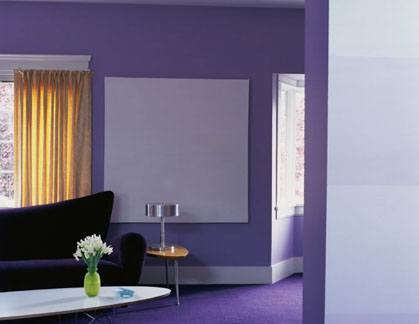Residential Design Program Must-Haves: Efficiency and Sustainability
Schools that offer eco-friendly and energy-efficient design courses will best prepare graduates for a career in residential design.
With the rising costs of energy and increasing awareness of the environment, many new homes are incorporating sustainable features into their designs.
Residential design is a specialized field, and of course "green" and sustainable design is an even more focused subspecialty.
Coupled with the fact that demand for upscale and specialized home design is waning, graduates from residential design programs who have expertise in energy-efficient, sustainable home design should find plenty of job opportunities.
Job growth for interior designers is estimated to grow about 3.9% through 2032 says the U.S. Bureau of Labor Statistics, which is slower than average for all occupations at the standard growth rate of 5%.
Common Tasks for Residential Designers
There are a few characteristics that nearly all residential designers have in common, whether their primary domain is architecture, landscape design or interior design:
- Planning residential spaces according to homeowner or client needs and budgetary requirements
- Working on new homes or remodeling existing ones
- Making sure the client's home environment is safe and compliant with existing structural laws and regulations
- Using up-to-date knowledge of products and design trends to help clients create a functional, efficient and personalized space
The Basics of Green Residential Design
The idea behind green residential design is to make homes healthier, more cost-efficient and more environmentally friendly. With cash-strapped homeowners striving to cut corners wherever they can, a solid knowledge of sustainable design principles is a must for any graduate of a residential design program.
- Healthy Design: Residential designers with an interest in homeowner health incorporate building materials with a minimum of toxins, minimizing the use of products such as treated wood or solvents.
- Energy-Efficient Design: Energy efficiency often translates into cost-effectiveness for the homeowner, so green residential designers should be familiar with home features such as high-performance windows, water-saving plumbing fixtures, and high-efficiency lights and appliances.
- Environmentally Friendly Design: Increasingly, homeowners are asking their residential designers about environmentally friendly options such as solar panels and other alternative energy sources; drought-tolerant landscaping; and local, renewable, or recycled building materials.
Residential Design Programs
Although "residential design" is a frequently used term in the architecture and design arenas, it can be difficult to locate a residential design program that isn't part of an architecture or interior design degree. However, there are diploma and certificate programs that specifically cover residential design, and many design and architecture programs include a residential design concentration as a course of study.
Besides basic design fundamentals, in a residential design program you'll learn drafting and CAD skills, professional and ethical standards, building and design materials, sustainable design principles, and how to communicate design ideas to your clients.
Sources: U.S. Bureau of Labor Statistics; AI Architect; Doerr Architecture; U.S. Green Building Council's Home Guide.
Categories
Interior Design Education & Career Guide
- An Interior Designer Talks About Her Chosen Career
- Do You Need a License to Become an Interior Designer?
- Focusing Your Career on Home Interior Design
- Getting Interior Design Job Experience
- Interior Decorating Careers
- Interior Design Career Outlook
- Interior Design Certification: NCIDQ Exam
- Interior Design School and Career Guide
- Interior Designer Profile
- Prepare for Interior Design School the Right Way
- Residential Design Program Must-Haves: Efficiency and Sustainability
- Sustainable Interior Design
- Taking Your Interior Design Experience Outdoors
- Types of Interior Design

